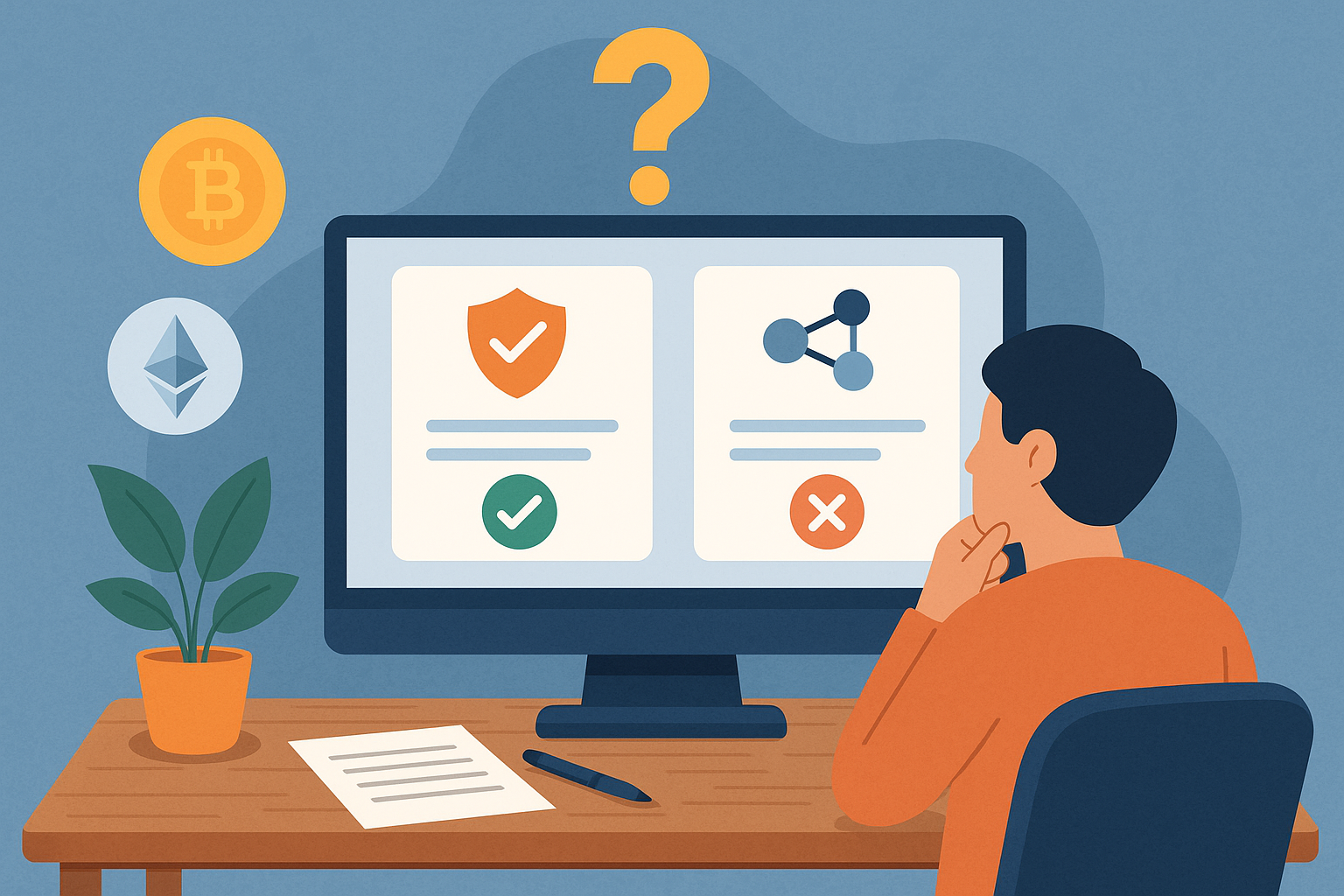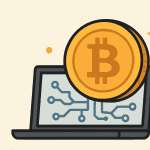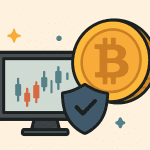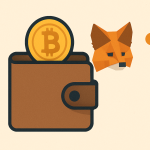If you’re new to cryptocurrency, one of the first steps is picking the right crypto exchange. But with so many options out there, how do you know which one is best for you?
In this beginner-friendly guide, we’ll explain what to look for when choosing a crypto exchange. By the end, you’ll feel more confident and ready to start your crypto journey.
Contents
What Is a Crypto Exchange?
A crypto exchange is a platform where you can buy, sell, and trade cryptocurrencies like Bitcoin, Ethereum, and many others. Some exchanges also let you store your crypto, earn interest, or swap between coins.
There are two types of exchanges:
-
Centralized exchanges (CEX) – Run by companies, easy to use.
-
Decentralized exchanges (DEX) – No company in control, users trade directly with each other.
This guide mainly focuses on centralized exchanges, which are best for beginners.
Key Factors to Consider
1. Safety and Security
Security should be your top priority. A good exchange will protect your funds and personal information.
✅ Look for:
-
Two-Factor Authentication (2FA)
-
Cold storage for funds
-
Insurance for user assets
-
A strong reputation and history
🚫 Avoid exchanges with a history of hacks or poor customer reviews.
2. Ease of Use
If you’re just starting out, choose an exchange with a simple interface.
✅ Look for:
-
Clear menus
-
Easy signup process
-
Simple buying and selling options
-
Mobile app availability
Popular beginner-friendly exchanges:
-
Coinbase
-
Binance
-
Kraken
-
Bitstamp
3. Supported Coins and Tokens
Different exchanges offer different cryptocurrencies. Make sure the exchange supports the coins you want to buy or trade.
✅ Tip: Start with well-known coins like BTC, ETH, or USDT. Then explore others as you learn more.
4. Fees
All exchanges charge fees, but they can vary a lot.
✅ Common fees:
-
Trading fees (usually a small % of your trade)
-
Deposit or withdrawal fees
-
Conversion fees for fiat currencies
✅ Compare fees across platforms. Some exchanges offer lower fees if you trade more or use their native token (e.g., BNB on Binance).
5. Payment Methods
How will you deposit money into the exchange?
✅ Look for:
-
Bank transfers
-
Credit/debit cards
-
PayPal or Apple Pay (on some platforms)
Each method may have different fees and speeds. Make sure the exchange supports your preferred option.
6. Customer Support
When you’re new, you may have questions or need help.
✅ Good exchanges offer:
-
Live chat
-
Email support
-
Help centers or FAQs
-
Social media support
Try sending a test question to see how fast they respond.
7. Regulation and KYC
Some exchanges require you to verify your identity. This is called Know Your Customer (KYC). It helps prevent fraud and is required by law in many countries.
✅ Check if the exchange follows regulations in your country. Regulated exchanges are usually safer and more trusted.
8. Extra Features
Some exchanges offer extra tools and services, such as:
-
Staking: Earn rewards by holding certain coins
-
Lending: Earn interest by lending crypto
-
NFT marketplaces
-
Advanced trading tools
Only use these features if you understand how they work. Start simple, and learn as you go.
Quick Comparison Table
| Feature | What to Look For |
|---|---|
| Security | 2FA, cold storage, strong reputation |
| Ease of Use | Clean interface, good app |
| Coin Selection | Support for major and new coins |
| Fees | Low trading, deposit, and withdrawal fees |
| Payment Options | Bank, card, PayPal (if available) |
| Support | Fast, friendly customer service |
| Regulation | Legal in your country, with KYC options |
| Extra Features | Staking, lending, NFTs, trading tools |
Final Thoughts
Choosing the right crypto exchange is an important first step. Take your time, compare your options, and start small.
For most beginners, a centralized exchange with strong security, low fees, and easy-to-use tools is the best place to begin. Once you’re comfortable, you can explore decentralized exchanges and more advanced features.
Always do your own research (DYOR) and remember: never invest more than you can afford to lose.




